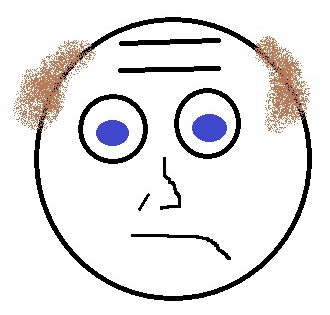"Brain Attack"
 Every stroke is different, but the principles of stroke management are always the same. An ischemic stroke occurs when there is an issue with blood flow to some area of the brain.
Every stroke is different, but the principles of stroke management are always the same. An ischemic stroke occurs when there is an issue with blood flow to some area of the brain.
The neurologic impact is dependent on what part of the brain is affected.
Considerations in Acute Stroke
The decision to perform a thrombectomy is more nuanced and should be discussed with a neurologist if there is a large vessel occlusion.
Is the patient a candidate for tPA or endovascular intervention? tPA needs to be given within 4.5 hours. Thrombectomy may be performed for an acute large vessel occlusion up to 24 hours after the stroke onset.
CONTRAINDICATIONS TO tPA
Minor Symptoms (NIHSS score<5)
- SBP > 185mm Hg or DBP > 110 mm Hg
- Stroke/head trauma in previous 3 mo’s
- INR > 1.7
- aPTT > 40 s
- Seizure in acute setting
- Major surgery in preceding 14 days
- Previous intracranial hemorrhage
- Aneurysm
- Platelet count <100 000
- MI in previous 3 mo’s
- Gastrointestinal/urinary tract hemorrhage in previous 21 days
- Serum glucose < 50 mg/dL
- Brain tumor
- AVM
- Active bleeding/acute trauma
- Noncompressive arterial puncture in previous 7 days
After tPA, BP must be kept <180/105. For patients not receiving tPA, “permissive hypertension” leads to improved outcomes, so BP should not be treated unless above 220/120 in the acute phase. Over the following weeks, BP can be lowered toward normotension.
Image the arterial system from the heart to the brain and obtain an MRI. A normal battery of imaging performed for a patient with an acute stroke is as follows:
- STAT CTH to rule out bleeding.
- STAT CT angiogram of the head and neck to look for large vessel occlusion.
- MRI sometime within the first 24 hours.
- Echocardiogram sometime within the first 24 hours.
- EKG followed by telemetry monitoring to look for atrial fibrillation. CT will often not show an early stroke, but MRI generally will.
Check A1c and lipid panel. Ask about smoking and substance use.
Antiplatelet agents? Anticoagulation? Cholesterol-lowering medications? Most patients will be given a full-dose aspirin (300–325mg), and then be started on aspirin 81mg daily during the search for what caused the stroke.
In the acute phase, to improve long-term neurologic outcomes.
Image credit: Eric Tanenbaum.
